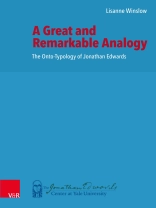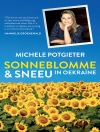Edwards proposed that natural types in all of creation served as a communication or language of God, pointing to the antitypes of divine truths. These types are shown to exist all the way down to the cellular and molecular levels of nature. We explore how natural types are not mere poetical assignments of Christian themes onto nature. Rather, these types are ontologically real, in that they eternally existed in the mind of God with intent to communicate divine things to the creature. Thus, we call these natural types onto-types to reflect their ontological significance theologically and spiritually. In Edwards‘ scheme, this was an important part of God’s end in creating. Emerging out of Edwards‘ comprehensive metaphysics of creation is a portrayal of God’s commitment to emanate knowledge of the divine Self into the creation. God’s Being is not emanated, resulting in a creation, rather the knowledge and glory of God are emanated into the creation serving to communicate messages of the divine to the creature out of infinite love and faithfulness. Edwards expounded a two-fold method where revelation of this language of nature can be experienced by direct engagement with the beauty in nature and in the study of science and its mechanisms. God’s action in revealing takes the form of willing the creation into being, communicating analogically through onto-types in the physical world, and revealing such knowledge to the creature. In this way, all of nature is the triune God acting: the Father willing into being, Christ communicating, and the Spirit revealing. God’s Trinitarian beauty and magnificent glory are not merely displayed by what has been made, but is intimately shared and delighted in. This, in Edwards‘ view, is God’s ultimate end in creating.
Über den Autor
Dr. Adriaan C. Neele is Research Scholar at the Yale University, Jonathan Edwards Center and Professor of Historical Theology, Director of the Doctoral Program at the Puritan Reformed Theological Seminary.












